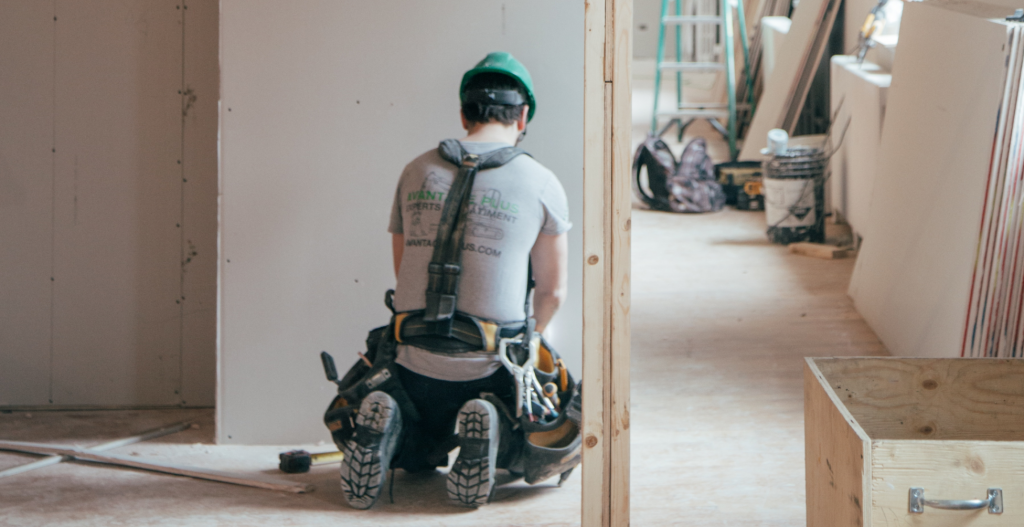5 Ways To Improve Fire Safety In Your Business

No matter the size or shape of your business, protecting your staff, as well as yourself, should always be a top priority. Every year, thousands of employees are injured at work, due to nothing more than the negligence of their employer.
If a fire were to break out somewhere within your workplace, it wouldn’t just be one or two workers at risk. The whole team and business would be put in danger. With that in mind, here are five things that you must do to improve fire safety.
- Conduct A Risk Assessment
Every business should carry out a fire risk assessment regularly. This must be conducted on your business premises to identify any fire hazards and people at risk. By evaluating these potential threats, you give yourself an opportunity to remove, or, at the very least, reduce them. Once you have done so, you can begin preparing an emergency plan in case of a fire. It’s critical that you teach this plan to every member of staff, as well as provide fire safety training.
- Install Necessary Safety Features
There are many safety features that your workplace must have to reduce the threat of a fire. You should install fire detection and alarm systems, for example, to warn staff of any fires, as well as emergency lighting. This would make it easier for employees to get out of the building if the lights were to go out.
There are also passive protection measures, like a fire curtain, that you might want to consider. The purpose of these features is to contain the spread of the fire and smoke.
You also always want to prepare for the worst, even if you don’t think it will happen. It is a good idea to get business insurance that can help you if situations such as a fire occur in your business.
In addition to installing fire curtains and having business insurance, you can also consider adding a safety feature like a smoke ventilation system to your workplace design. Smoke ventilation systems keep people and buildings safe by allowing smoke and fumes to escape. They’re also designed to help improve ventilation, allowing fresh air to seep into the workplace environment while the smoke and heat escape.
- Practice For A Fire
Everyone has gone through at least one fire drill in their lives. Even if you’ve never had one at work, you will have had several throughout your years at school. However, that doesn’t mean that your staff will do the right thing in the event of a fire in your business. It’s one thing to know how to get out of the building, but it’s quite different when putting this plan into action. Because of this, you must make sure that you conduct fire drills at least twice a year.
- Keep Escape Routes Clear
We count on fire exits, fire doors, and escape routes to help us evacuate a building quickly and safely when a fire breaks out. This means that, if these exits are ever blocked, it puts your entire team at risk. Although the office can become cluttered now and then, you must make sure that you always keep all exits and escape routes clear. You should also test your fire doors regularly to make sure that they haven’t become jammed or stuck in any way.
- Display Fire Safety Information
When you’re in an emergency situation, like a fire, the panic that overcomes you can make it difficult to remember the safety training that you’ve been given. This is why it’s so important that you also display any necessary information on signs throughout the building.
These can be used to identify fire extinguishers and exits, as well as planned escape routes. You must also use signs to notify employees of any potential fire hazards.
A fire can be devastating to a business, but, with the advice above, you should be able to keep yourself and your staff safe.




